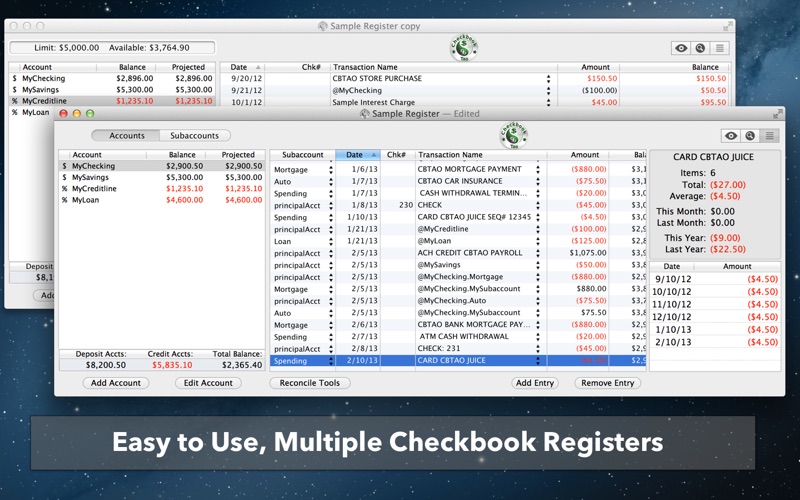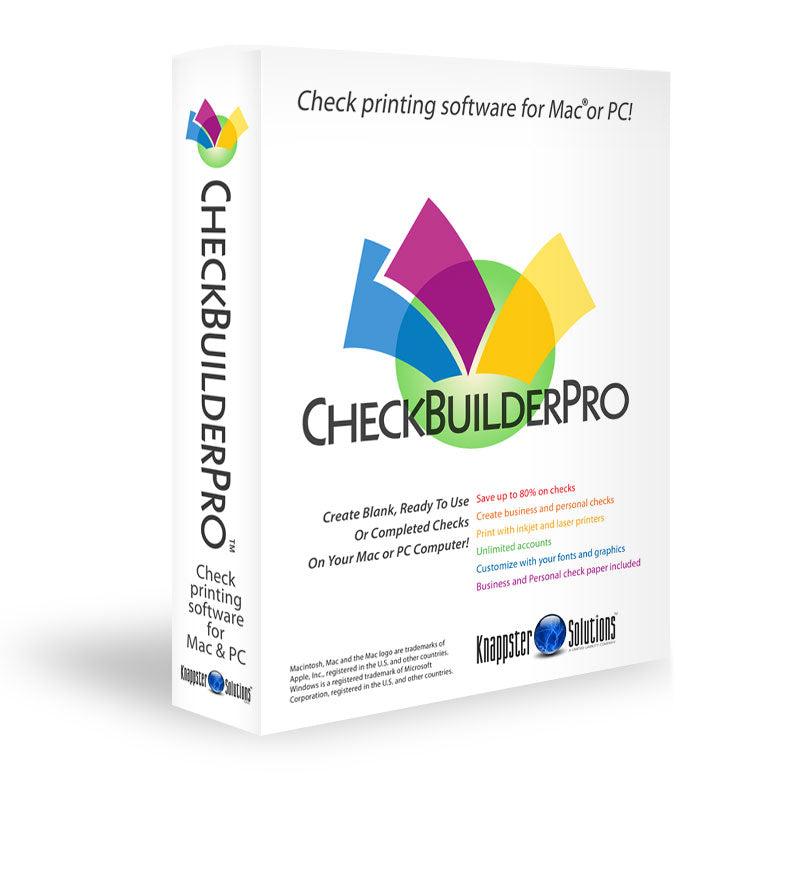

No matter how many cores your Mac’s CPU has, these stats show how 100% of your processor power is used. You also want to check the graph and information at the bottom of the window. If the process clearly states what it is, you know which application might be the cause of the issue.
CHECKBOOK PROGRAM FOR MAC LION HOW TO
If you don’t know what the process belongs to – it could be part of macOS, or part of a third-party app – do a search online to see what it is and how to address any issues with it. If that doesn’t work, try again, clicking Force Quit. To do this, either quit the app, if it’s something you launched manually, or, if not, click it in Activity Monitor to select it, then click the X button in the toolbar. You can quit that process to see if it resolves the performance issues. Is a certain app or process causing excessive CPU load on your Mac? If a process is consistently taking up a high percentage of processor power, it may prevent other apps, or macOS itself, from doing all that it needs. The following is an overview of the various tabs in Activity Monitor, as well what to look for in each category: CPU Processes are apps that you see, and those that run in the background your Mac runs dozens of different processes.Īctivity Monitor shows all processes in real-time. The information is sorted into different tabs that display processes in the category specified, and each one can help you narrow down the issues you’re having. In the same menu, make sure you check All Processes.This makes it easier to see what’s happening the display won’t change too quickly.
CHECKBOOK PROGRAM FOR MAC LION UPDATE

When you restart your Mac, it clears the memory and forces any processes that may have been stuck to reload. Restarting your Mac is quick and easy, or at least it should be. () tells you all about backing up your Mac. Ideally, you should use both: if you have multiple backups, and your Mac fails, this is the best way to ensure that you don’t use data: sometimes backups get corrupted, or their drives fail too. You can use Apple’s Time Machine and Intego Personal Backup to back up your Mac. If there are hardware issues, then your Mac could potentially stop working, or your drive could be corrupted. Whether the cause of your Mac’s performance issues are hardware or software, the first thing to do is ensure that you don’t lose any data. When your Mac is getting slow, follow these troubleshooting steps to find what’s wrong and hopefully make it faster. This is the only way to see if a solution is just a temporary fix or a permanent one. When troubleshooting a Mac, you go through a process of elimination. And troubleshooting can take a long time: you try a solution and then test to see if it works, sometimes waiting hours or even days to be certain. The operating system or specific applications are not working as they should. One of the components in your Mac has failed or is failing. New versions of macOS are generally compatible with Macs going back several years, but if yours is among the oldest supported by the current operating system, it may not have what it takes to be fully efficient.

At some point the processor, drive, amount of RAM and/or graphics card simply can’t keep up with the latest software.


 0 kommentar(er)
0 kommentar(er)
